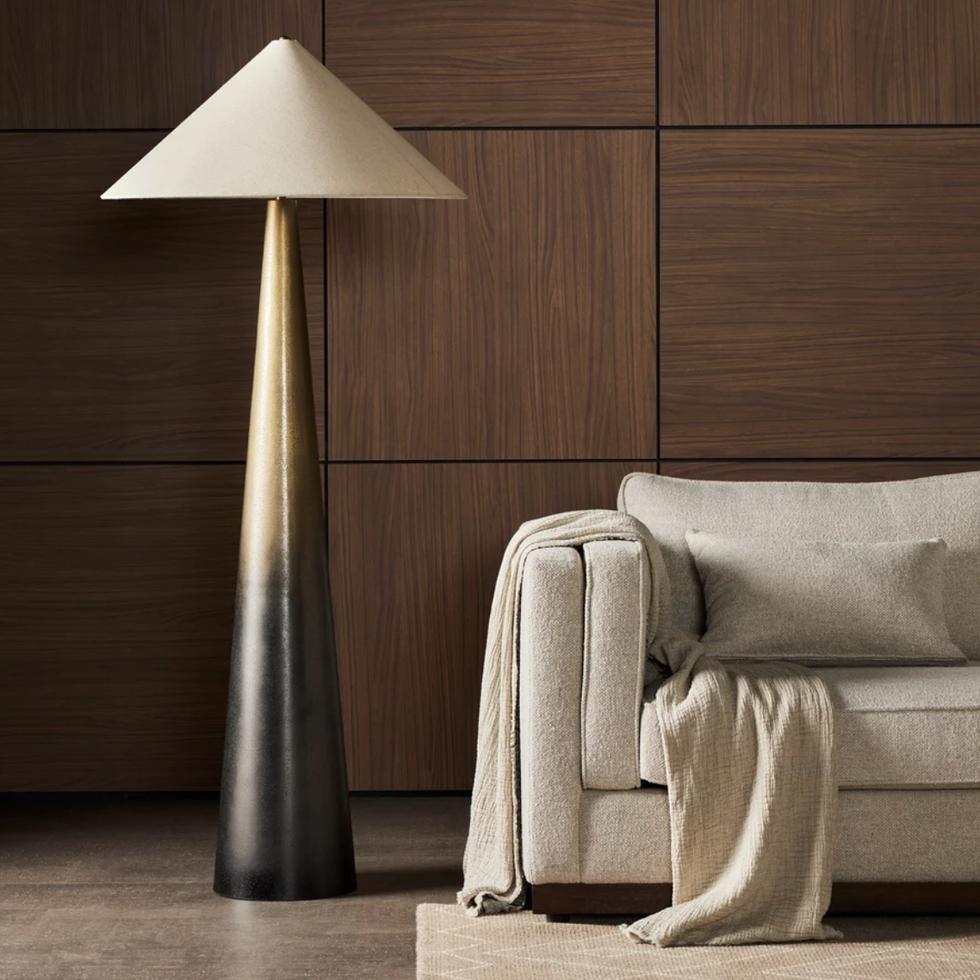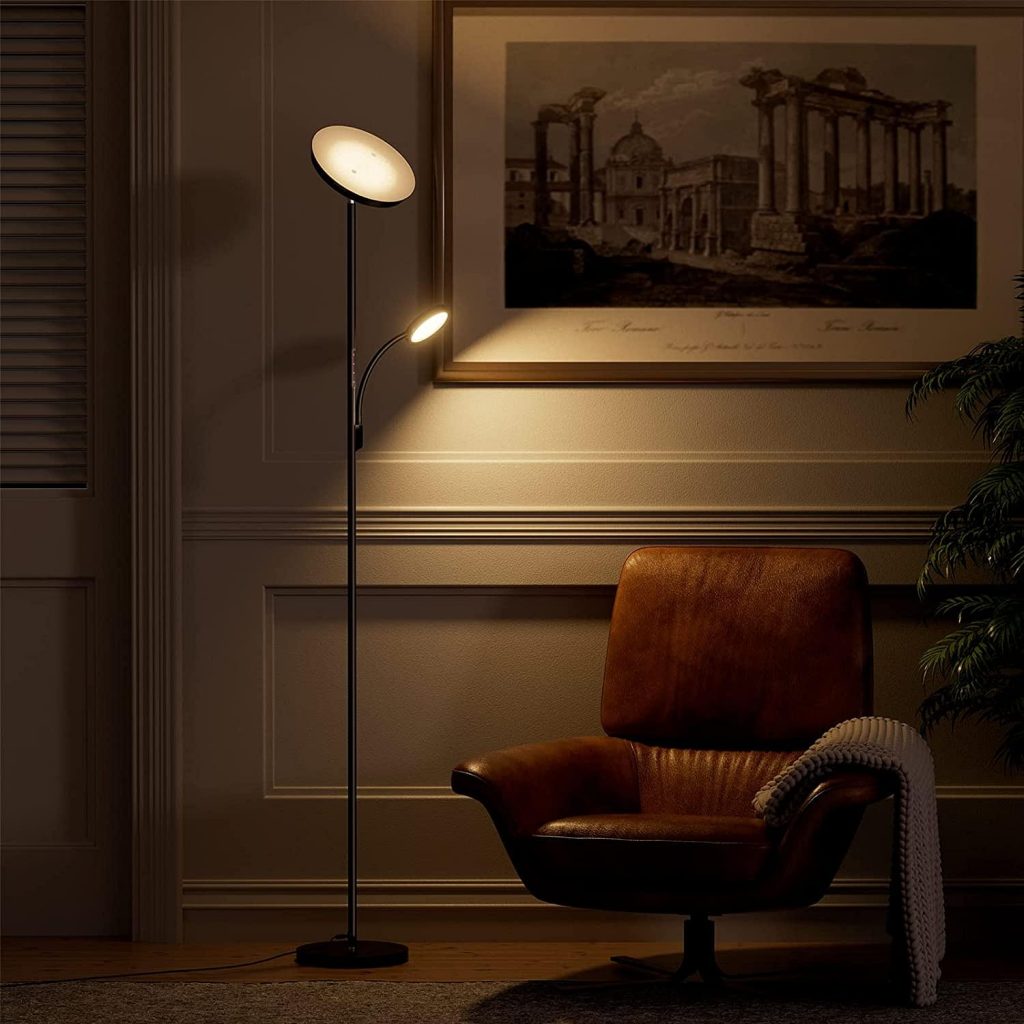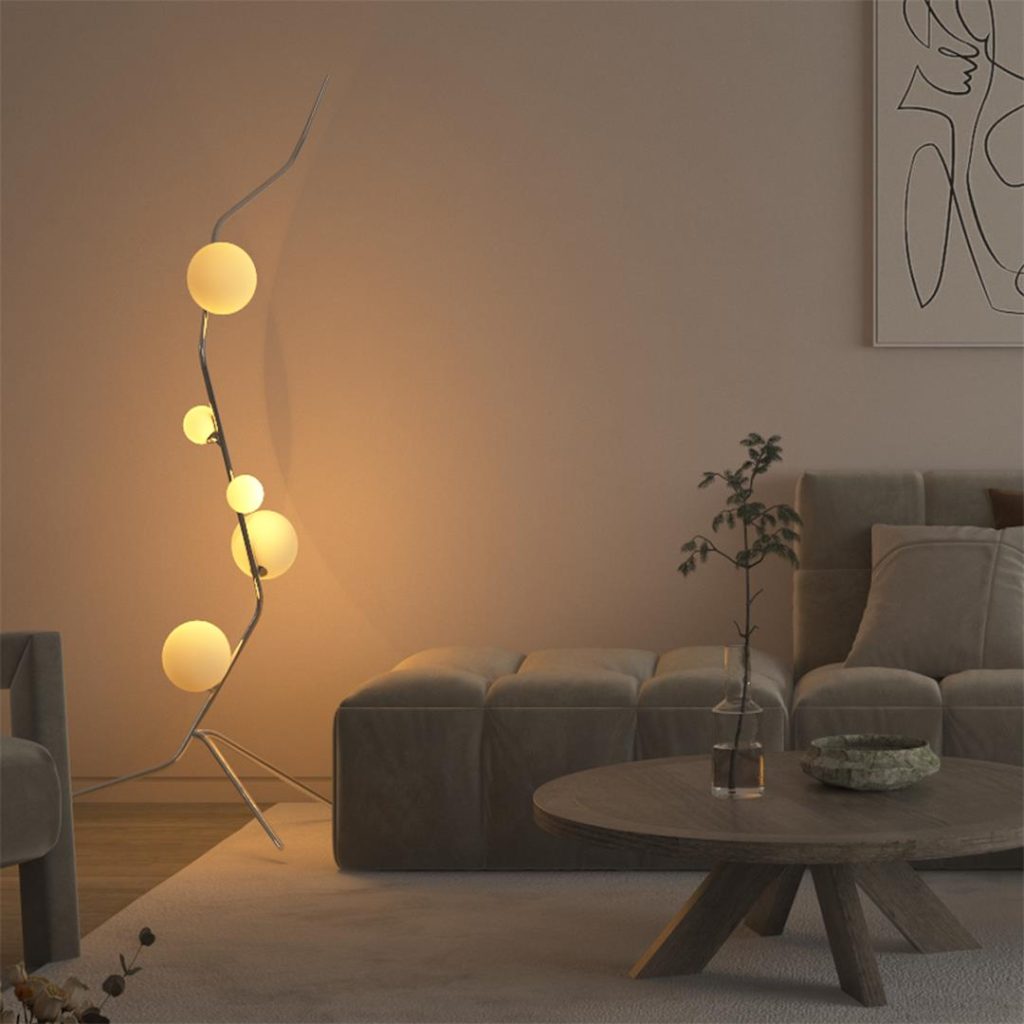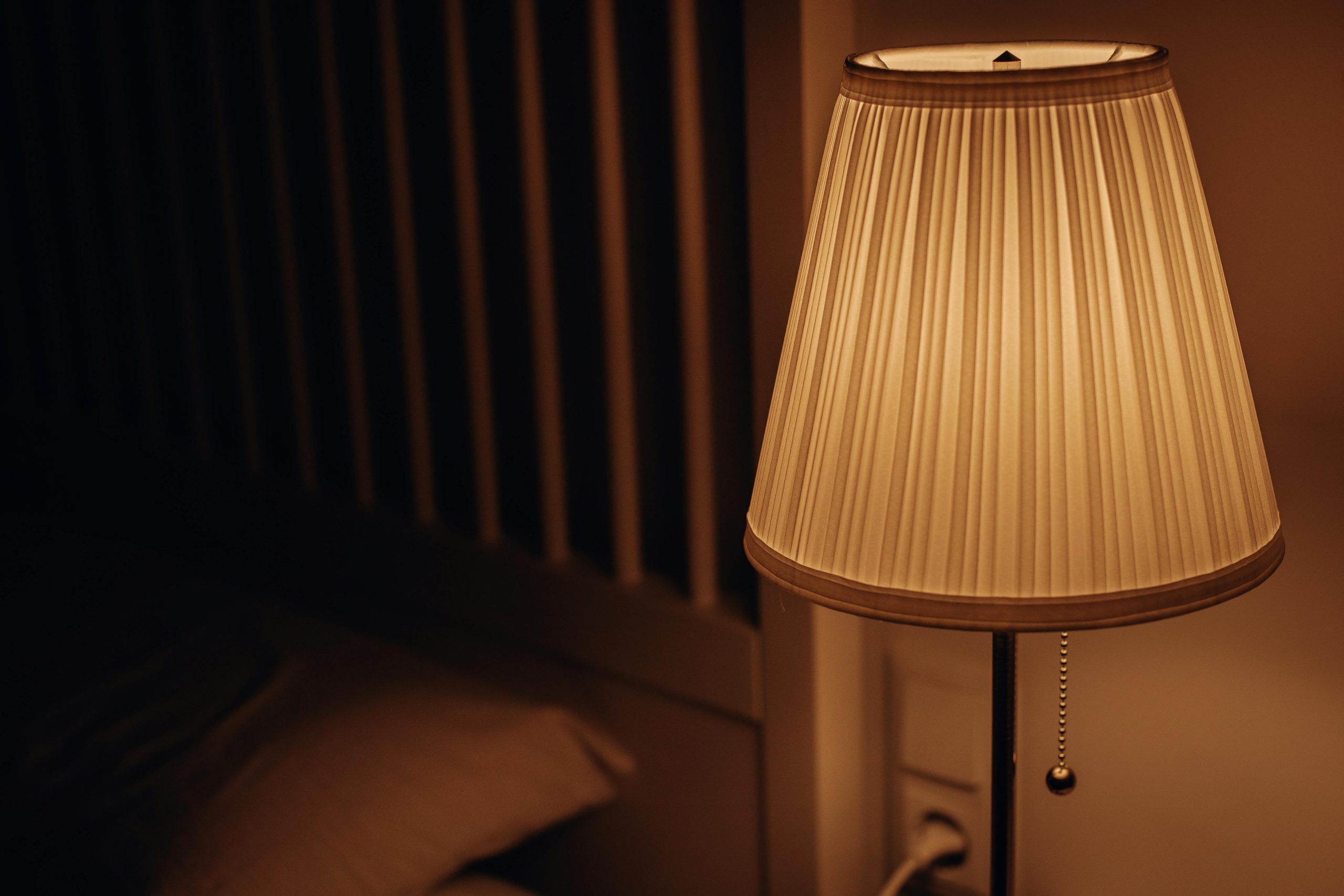What are Floor lamps.
There are many types of floor lamps, including light bulbs, LED lights yigo, and fluorescent lights. Each type of lamp has its own advantages and disadvantages.
For example, LED floor lamps are the most popular type because they produce a very bright light. They’re also very affordable, perfect for small spaces or bedrooms.
On the other hand, fluorescent lights can be a great choice for larger rooms or halls because they don’t produce as much light as LED lights but are more durable and last longer.
Some people find that LED floor lamps produce too much light for their taste, while others find that fluorescent lights give off a nice ambiance in their home. Ultimately, you’ll want to find a lamp that best suits your needs and style.
What Types of Floor Lamp Are Good for Your Home.
When it comes to choosing a floor lamp, it’s important to consider how you plan on using it. For example, some people prefer to usefloor lamps in bedside tables so that they can see the room around them without having to switch off their bedside lamp; while others prefer desk-mounted lamps so they can watch television or take notes at work without disturbing their spouse or children.
It also matters which side of the room you put your floor lamp on: on the left if you have an central heating system or right if you use a cold climate home wiring diagram .
Finally, make sure your chosen floor lamp is compatible with your home décor and appliances by reading our sub-section 1.3 How to Choose the Perfect Floor Lamp for Your Home before purchasing it!
How to Choose the Right Floor Lamp.

When choosing a floor lamp, make sure the size is right for your home. Floor lamps are typicallysmaller than table lamps and larger than lightbulbs. In order to find the right size floor lamp, measure the space in your room and compare it to the size of your current lightbulbs.
Consider The Style of the Floor Lamp.
There are many different styles of floor lamps available, so it’s important to find one that will complement your home decor. You can choose from traditional wood-paneled or chrome-finished floorspans, modernist metal poles with glass shades, or sleek black-and-silver lamps.
Consider The Color of the Floor Lamp.
Before you choose a color for your floor lamp, consider what kind of palette will be in your home. If you’re looking for a bright primary color, go for a white or light blue floor lamp; if you want to mix and match different colors together, experiment with adding darker shades or brighter hues to your lamps (this is called “tinting”).
Consider the Lamp’s Light Output.
The next thing you need to consider is how much light each bulb will produce. Many floor lamps come with two or three bulbs, while some come with five or six bulbs. Make sure to test each option before making a purchase to see which one would work best in your room – especially if you have any ceilings above average height!
How to Use the Floor Lamp.

When choosing a floor lamp, it’s important to consider the space you’ll be using it in. Try to find a lamp that can be placed in any position, whether it’s on a bed, desk, or dresser. You also want to make sure the light beam is consistent and evenly distributed throughout the room.
Change the Light Beam.
You can change the light beam of your floor lamp by changing the light bulb. To do this, unscrew the base from your lamp and place it in another location in your room. Twist the bulb until it becomes loose and then screw it back onto thebase of your lamp.
Use the Floor Lamp for Different Activities.

If you want to use your floor lamp for different purposes, you can adjust its light beam by adjusting its “beam.” To do this, unscrew one end of the bulb and insert it into one of two slots on top of the lens on your floor lamp. Push and pull until both ends are tight before screwed back onto the base of your lamp again.
